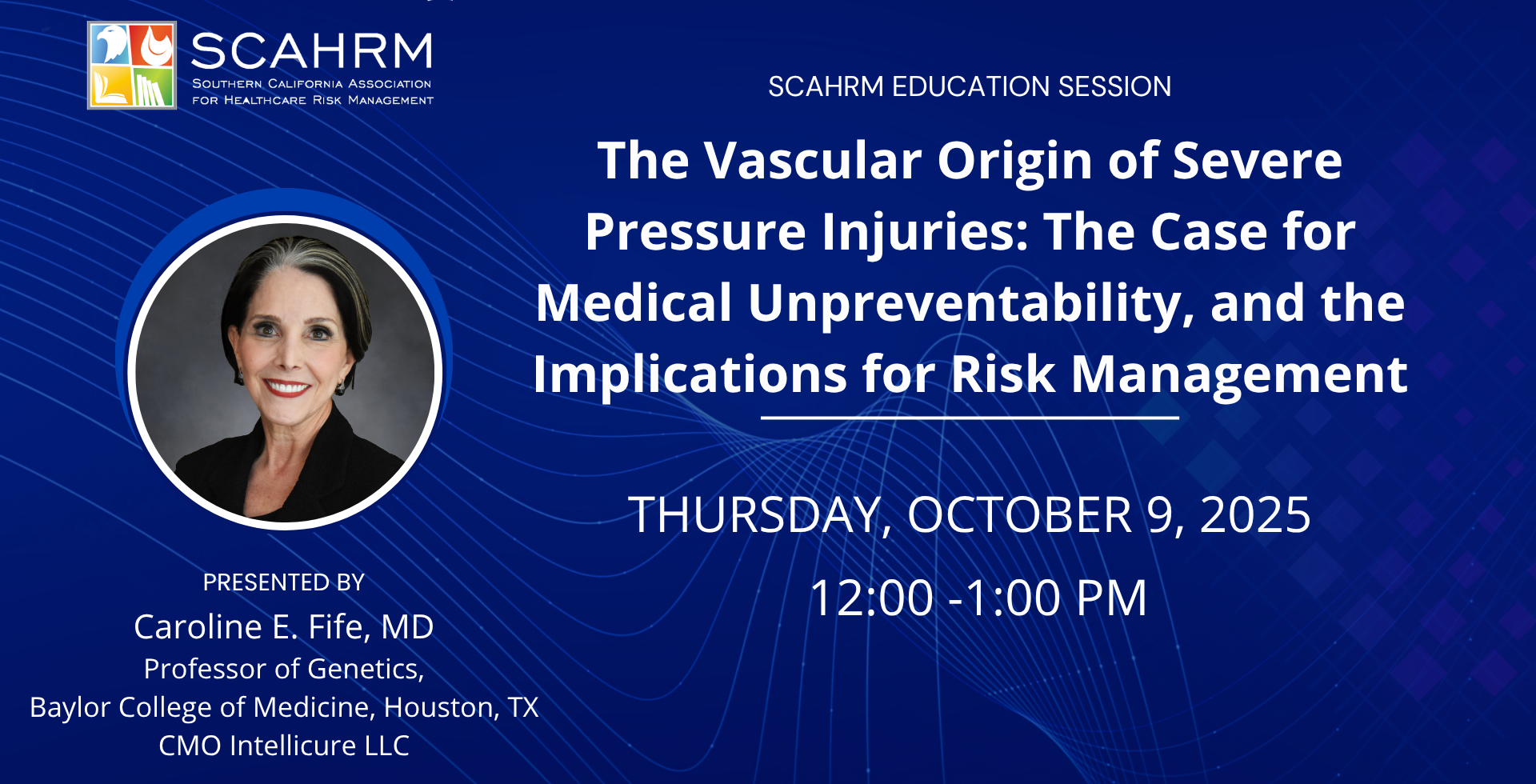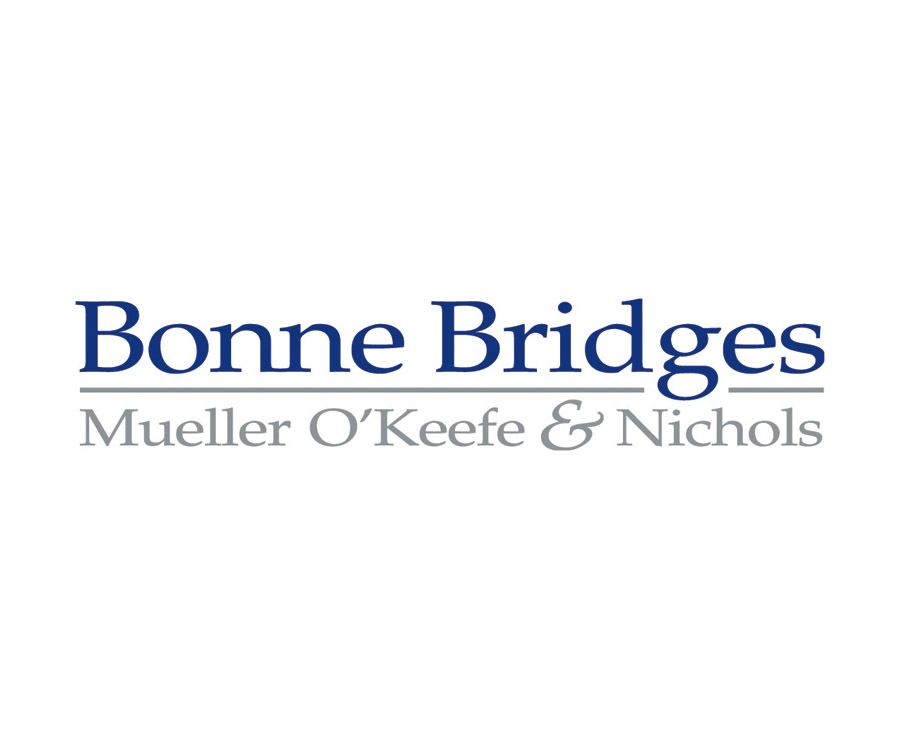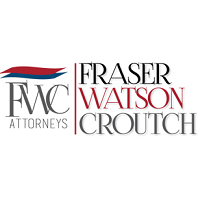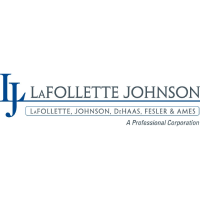
- This event has passed.
SCAHRM October Webinar: Medically Unpreventable Wounds Presented by Dr. Caroline Fife
October 9 at 12:00 pm - 1:00 pm
SCAHRM is excited to announce our October Webinar:
Presented by Dr. Caroline Fife
Learning Objectives
1. Understand the “inside-out” mechanism of severe pressure injuries due to vascular infarction
2. Discuss the implications for creating better pressure injury mitigation strategies
3. Identify practical ways to reduce legal risk around medically unpreventable events
Session Summary
Severe pressure injuries, misleadingly called “never events” and incorrectly touted as being preventable with optimal nursing care, are often the result of tissue infarctions due to systemic hemodynamic factors rather than prolonged external pressure on the capillaries. These “inside-out” injuries—especially deep tissue injuries (DTIs) and Stage 4 ulcers—are often ischemic events involving specific named arteries (angiosomes) which are proximal to the area of visible tissue injury. Observations of pressure injuries occurring without direct local pressure challenge the traditional view and underscore the role of compromised perfusion in their formation. Despite best practices in skin care, nutrition, repositioning, and support surfaces, a persistent 10–20% prevalence of pressure ulcers remains, highlighting the limitations of current prevention protocols. The legal and regulatory environment continues to hold clinicians accountable under the assumption that all pressure ulcers are preventable, creating a disconnect between policy and pathophysiology. Recognition of this vascular paradigm demands a shift toward prevention strategies that address tissue perfusion and may enable us to create objective definitions of medical unpreventability. Without reframing pressure injuries as medically unpreventable ischemic events in some cases, risk management efforts may misdirect resources and perpetuate clinical and legal injustice.
Speaker
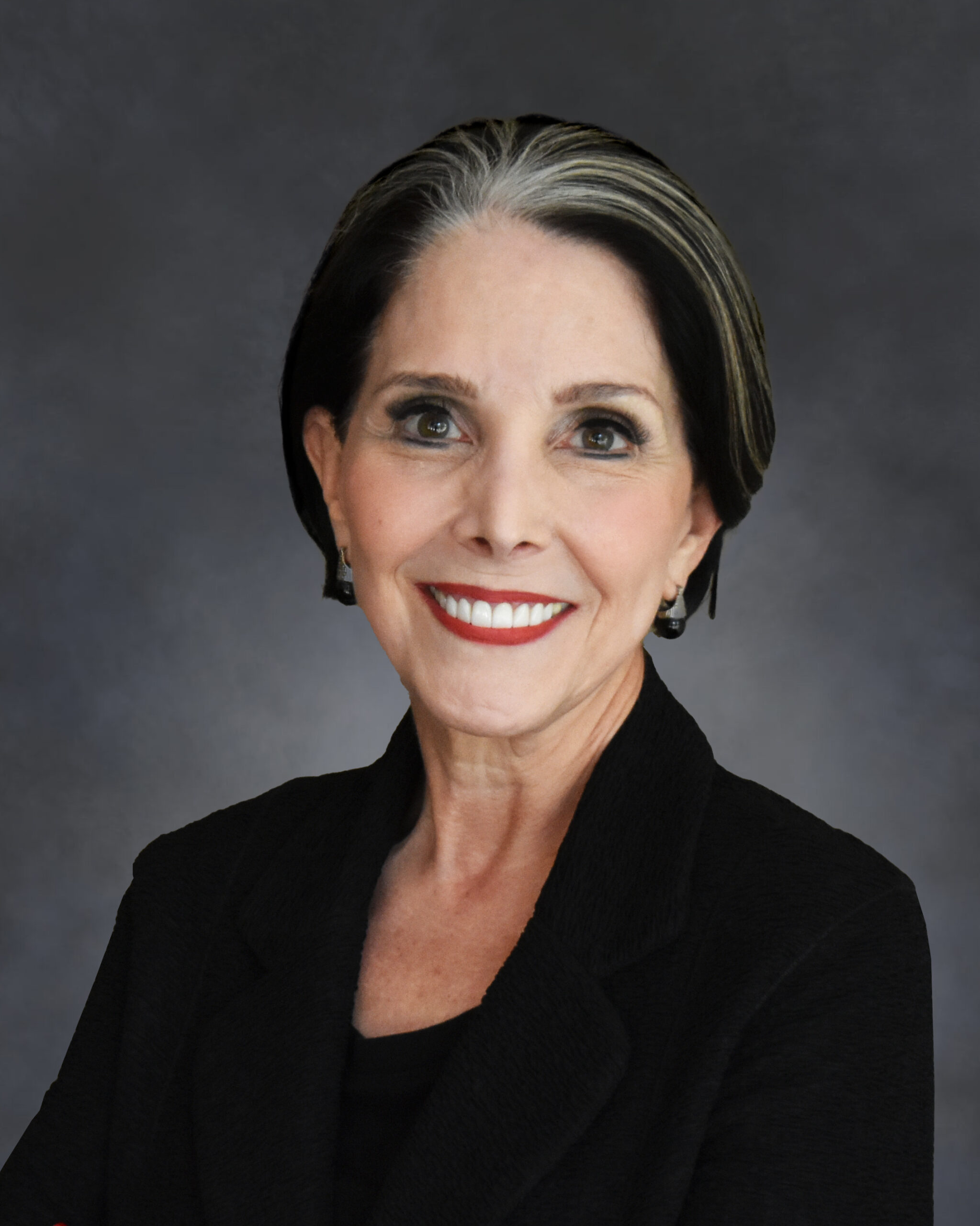
Caroline E. Fife, MD
Professor of Geriatrics, Baylor College of Medicine, Houston, TX, CMO Intellicure LLC
UHMS
Dr. Caroline Fife is a nationally recognized expert in wound care and real-world evidence research. She completed a Family Medicine residency at the University of Texas, Southwestern in Dallas, followed by a two-year fellowship in Environmental Medicine at Duke University. For 23 years she was a Professor of Medicine at the University of Texas Health Science Center in Houston, where she served as Medical Director of the inpatient Wound and Ostomy program and established both the Memorial Hermann Center for Wound Healing and the Lymphedema Treatment Center. She now serves as a Professor of Geriatrics at Baylor College of Medicine in Houston and as the Chief Medical Officer of Intellicure, LLC., a health information technology company which she co-founded. She is the Executive Director of the U.S. Wound Registry (USWR), a non-profit organization recognized by CMS as a Qualified Clinical Data Registry (QCDR) which has developed a suite of CMS-recognized wound-care relevant quality measures. She co-developed the Wound Healing Index, a risk stratification model which, on the first patient visit, can predict the likelihood that a given wound will heal. One model can reliably predict the likelihood of pressure ulcer healing, allowing practitioners to report pressure ulcer healing rates to Medicare based on severity factors that include the level of illness of the patient.
She has made major contributions to the understanding of pressure ulcer formation, particularly through her work demonstrating that many pressure injuries originate from infarctions of named arteries – an “inside-out” process known as angiosomal ischemia. This perspective reframes traditional thinking about pressure ulcer formation and prevention, shifting attention from surface pressure alone to underlying circulatory factors.
Dr. Fife serves on the boards of the Alliance of Wound Care Stakeholders (past co-chair), the Critical Limb Ischemia Global Society, and the American Diabetes Association’s Amputation Prevention Alliance. She co-chairs the Real-World Evidence Work Group for the Wound Care Collaborative Community and has previously held leadership positions with the American Academy of Wound Management, the Association for the Advancement of Wound Care, and the American Professional Wound Care Association. She has authored more than 100 peer-reviewed publications and book chapters, edited three textbooks, and led key research projects including the development of real-time lymphatic imaging in collaboration with Dr. Eva Sevick. Her current research focuses on leveraging real-world data for comparative effectiveness studies to identify the most effective treatments for patients with chronic wounds and ulcers.
Date: Thursday, October 9, 2025
Time: 12:00 PM – 1:00 PM (PST)
Cost: $20 for Members | $35 for Non-Members
Register Today!

